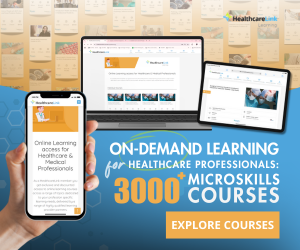Anaesthesia | Trauma | Circulatory shock in trauma



Circulatory Shock in Trauma
Session Overview
Description
This session describes the clinical features and physiological responses to traumatic haemorrhagic shock. It also summarises the current understanding of the underlying pathophysiology and approaches to the management of these critically unwell patients.
Learning Objectives
By the end of this session you will be able to:
- Describe the signs and symptoms of haemorrhagic shock
- List the physiological responses and pathophysiological processes associated with acute haemorrhage in the trauma setting
- Explain the principles of damage-control resuscitation and identify resuscitation end points
- Explain the concept of damage-control surgery and appreciate the importance of achieving timely definitive haemostasis
Prerequisites
Before commencing this session you should complete:
- The Primary Survey (001-0356)
Haemorrhage remains the leading cause of potentially preventable trauma deaths, with an estimated 1.5 million deaths per year worldwide. Haemorrhage results in inadequate oxygen delivery at the cellular level leading to haemorrhagic shock. If bleeding continues, death rapidly follows with a median time of 2-3 hours from initial presentation [1](read details regarding the reference).
Those patients who survive the initial haemorrhage remain at high risk of poor functional outcomes and increased long-term mortality. Historically, advances in the management of haemorrhagic shock have been made during times of conflict. This stands true for the recent engagements in Iraq and Afghanistan with the advent of Damage Control Resuscitation (DCR). This represents a paradigm shift in the management of traumatic haemorrhagic shock.
This session summarises the current understanding of the underlying pathophysiology of haemorrhagic shock, and outlines the treatment strategy of these critically-ill patients.
- NiPHC Transition to Practice Program
- Posted By APNA - Australian Primary Healthcare Nursing Association - Transition to Practice Program
- Posted Date: 2024-11-28
- Location:Online
- Transition to Practice Program: helping nurses make the move into primary health care.
- Non-pharmacological Approaches to the Management o...
- Posted By eIntegrity Healthcare e-Learning
- Posted Date: 2024-11-28
- Location:Online
- This session presents a wide spectrum of non-pharmacological approaches to the management of chronic...
- Medications and Older Adults course
- Posted By eIntegrity Healthcare e-Learning
- Posted Date: 2024-11-28
- Location:Online
- This session describes the physiological changes that occur with ageing and the effects these change...
- Common Pain Conditions in Older People course
- Posted By eIntegrity Healthcare e-Learning
- Posted Date: 2024-11-28
- Location:Online
- This session describes some of the most common conditions that cause pain in older people, the manag...
- Assessment of Pain in Older Adults course
- Posted By eIntegrity Healthcare e-Learning
- Posted Date: 2024-11-28
- Location:Online
- This session describes the assessment of pain in older adults and the range of assessment tools avai...


